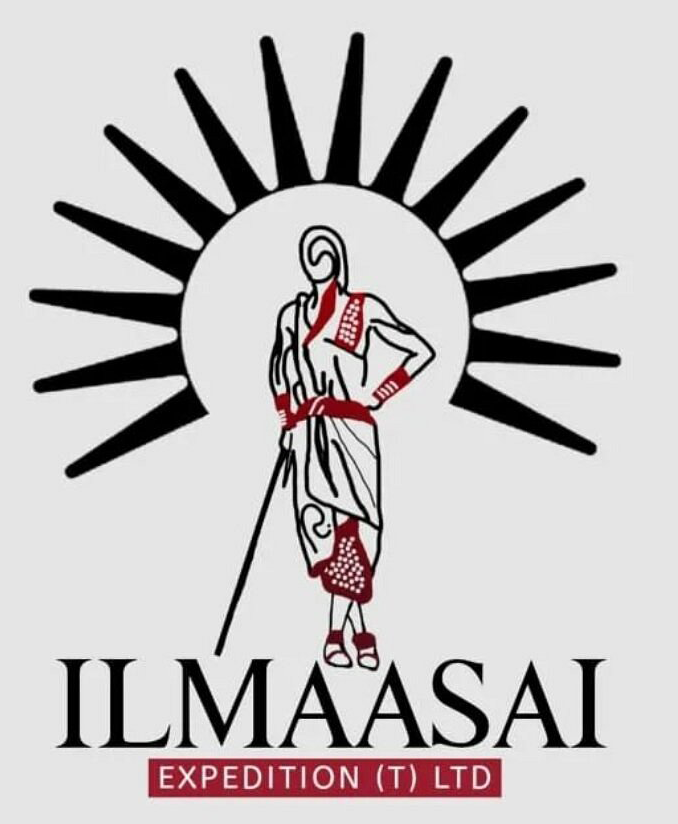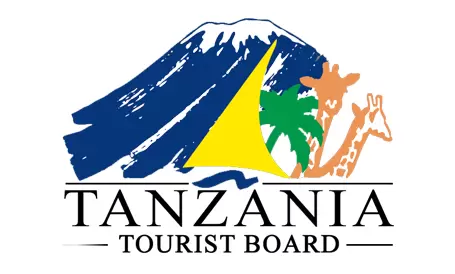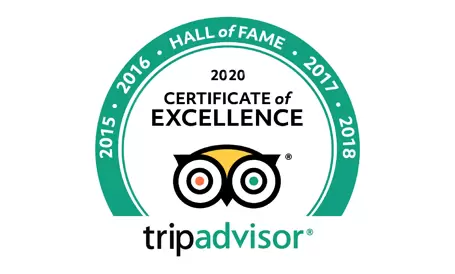The best time to climb Mount Kilimanjaro, the highest peak in Africa, largely depends on the weather conditions and your personal preferences. Here’s a breakdown of the two primary climbing seasons on Kilimanjaro:
- Dry Season (June to October):
- June to August: This is considered the peak climbing season on Kilimanjaro. During these months, you can expect clear skies and excellent visibility. The weather is dry and cool, which makes for comfortable trekking conditions. Be prepared for colder temperatures at higher altitudes.
- September to October: This is also a great time to climb, with stable weather. The crowds start to thin out in September, and the temperatures are slightly warmer, especially at lower elevations. You might encounter some haze as the dry season progresses.
- Short Rainy Season (November to December):
- November: The short rainy season is characterized by sporadic afternoon showers. While November is less crowded than the dry season months, there is a higher chance of encountering rain, which might make the trails muddier.
- December: As the short rainy season continues into December, you can still trek Kilimanjaro. However, the trails might be wet and muddy. Crowds are relatively low, making for a quieter experience. Despite some rain, you can still have good trekking days.
The most popular times to climb Kilimanjaro are during the dry season months (June to October), especially in July and August when the weather is at its most stable. The benefits of climbing during this period include clear views, well-maintained trails, and a greater chance of reaching the summit. These months are ideal for those who prefer more predictable and comfortable weather conditions.
While the short rainy season months (November to December) can be less crowded, they come with the risk of wetter trails and the need for rain gear. Climbers looking for a quieter experience might still consider these months, but it’s important to be prepared for potentially slippery conditions.
Ultimately, the best time to climb Kilimanjaro depends on your tolerance for rain and cold, as well as your preference for crowd levels. Be sure to check with reputable tour operators, as they can provide specific information about conditions on the mountain and help you plan your trek accordingly.






